Unit 8 - Arson, Explosives, Document Analysis
1/17
Earn XP
Description and Tags
Final Exam
Name | Mastery | Learn | Test | Matching | Spaced |
|---|
No study sessions yet.
18 Terms
Arson
Criminal act of intentionally setting fire without lawful consent (was there a motive?)
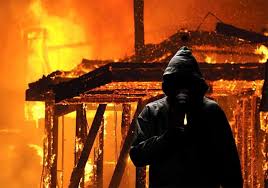
Activation energy
Energy given to get a reaction going
Catalyst
Compound that lowers activation energy of reaction, increasing its rate
What are hints of arson?
Many points of origin, accelerates, unusual burn patterns, color of smoke

Handheld hydrocarbon detectors
Used for screening fire scene for presence of accelerants
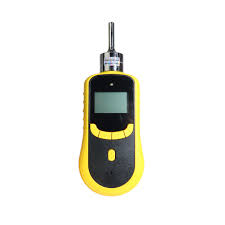
How to collect/preserve fire evidence
Must collect evidence fast because fire evidence is short-lived, careful documentation and photography, search warrant needed, chain of custody, evidence placed in air tight metal containers.
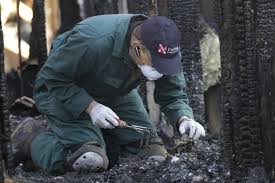
Physical explosives
Fast release of gas from highly pressurized containers (Kinetic energy)
Chemical explosives
Releases both kinetic and thermal energy
Primary explosives
Sensitive to heat, flames, shock, friction
Secondary explosives
Stable to heat, shock, electrical discharge
How explosives cause damage
Shock waves, heat, flying debris
Analysis of explosive evidence
GC/MS, Infrared, Resonance Ramanm Terahertz spectroscopy
Forgery
Act of altering a document with intention to damage it
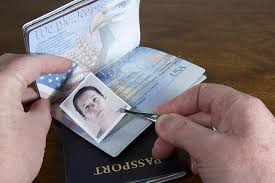
Questioned document
A document that has legal dispute

Handwriting analysis
Finds information about unknown author or compare with known source to find it
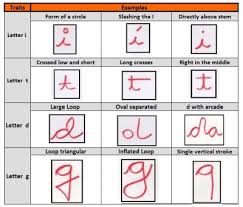
Handwriting styles
Block- All caps
Script- Upper and lowercase, not joined
Cursive- letters joined
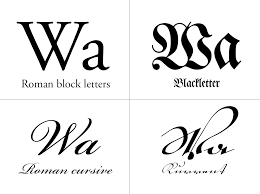
Limitations to handwriting analysis
Questioned or exemplar documents are too short to show common variations a person may possess in writing
Different techniques of forgery
Freehand, traced, traced impression